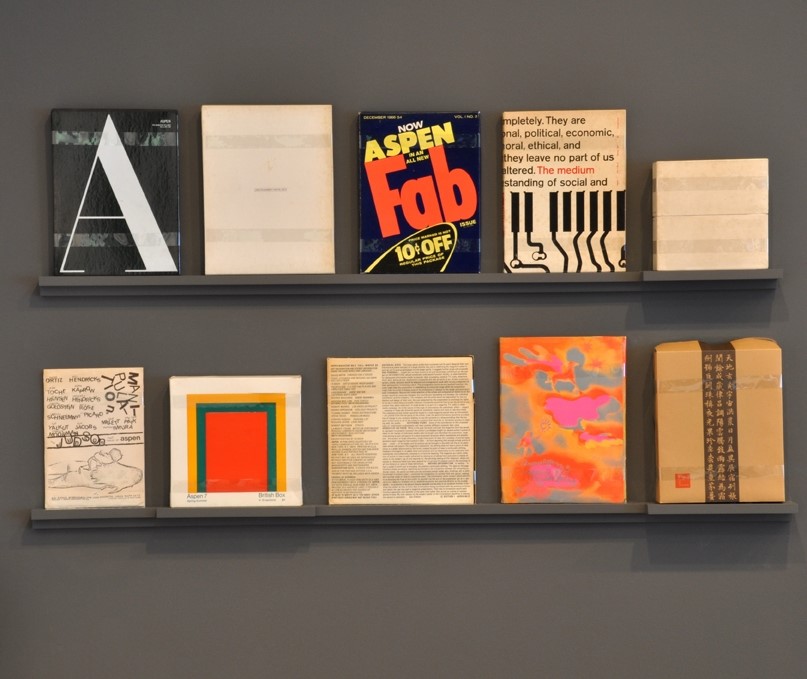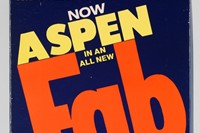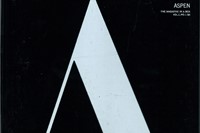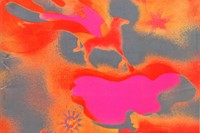Providing a time capsule into the period it dominated, the 1960s magazine Aspen was one of the first to embrace multimedia, a 3-D sensory experience that paved the way for the future of art publishing.
Providing a time capsule into the period it dominated, the 1960s magazine Aspen was one of the first to embrace multimedia, a 3-D sensory experience that paved the way for the future of art publishing. Presented in a box, the magazine contained anything from poetry to a Super 8 film, a game or phonograph recording, with the premise that, “When a new issue arrives you don't just read it – you hear it, hang it, feel it, fly it, sniff it, taste it, fold it, wear it, shake it, even project it on your living room wall.”
Today, London’s Whitechapel Gallery will present the magazine’s first major exhibition, displaying all 10 issues as well as a selection of art magazines ranging from the 1960s through to present day. Conceived in 1961 by Phyllis Johnson, a former editor of Women’s Wear Daily and Advertising Age, Aspen was named for the sixties ski resort and the first issue was dedicated to the popular winter playground. The issues that followed thereafter established Aspen as a magazine that inventively captured the spirit of the arts, literature, philosophical and musical happenings of the time. Contributors included Merce Cunningham, Lou Reed, William S. Burroughs, Marcel Duchamp, David Hockney, John Cage and many, many more.
“When a new issue arrives you don't just read it – you hear it, hang it, feel it, fly it, sniff it, taste it, fold it, wear it, shake it, even project it on your living room wall.”
Each issue had its own editor and designer. Everyone from Andy Warhol and David Dalton (The Pop Art Issue), Angus and Hetty MacLise (The Psychedelic Issue), and Brian O’Doherty (The Conceptual Issue) took control of the magazine. A special British Issue was conceived, which arrived complete with an Ossie Clark sewing pattern for British Knickers, souvenirs selected by Peter Blake, Yoko Ono’s phonograph recording No Bed For Beatle, and The Lennon Diary, an insight into the future written by John Lennon in 1968.
The curator of the exhibition, Nayia Yiakoumaki, had access to an inordinate amount of archive material and told AnOther a highlight of the process had been the discovery of Roland Barthes pivotal essay The Death of The Author. “Barthes wrote the essay especially for publication in Aspen and the first ever translation in English was included in the magazine”, she told us. Other highlights include “very rare recordings and films, most of which have never been available to the public before, so it’s fantastic that they will be included in the exhibition for everyone to hear and experience.”
Aspen Magazine: 1965-1971 is at the Whitechapel Gallery until March 3.
Text by Frankie Mathieson



